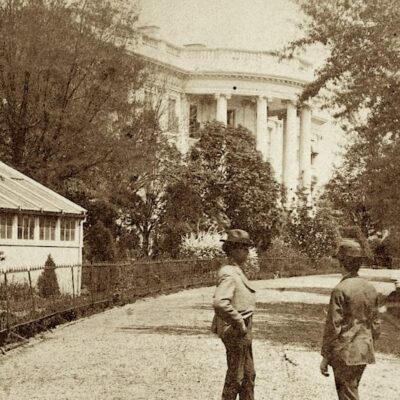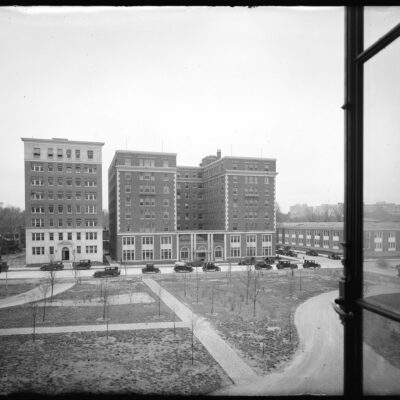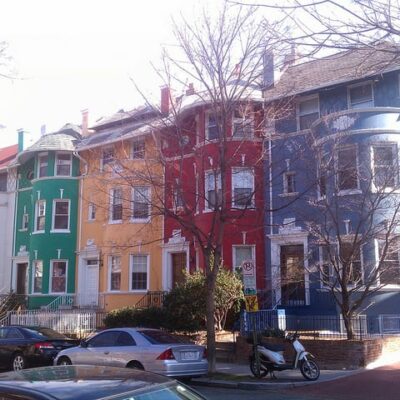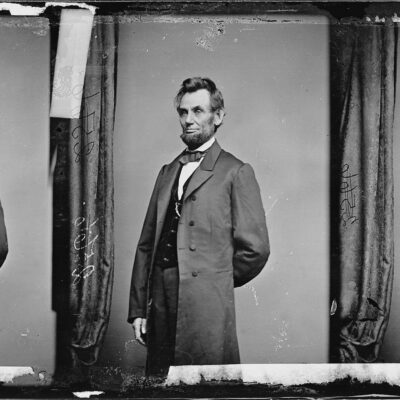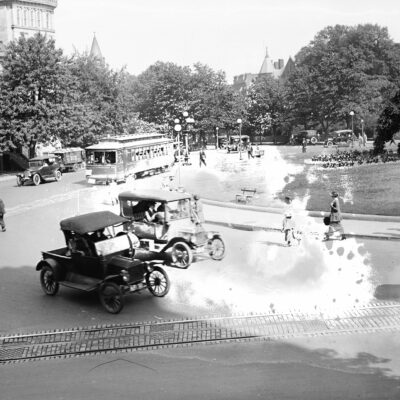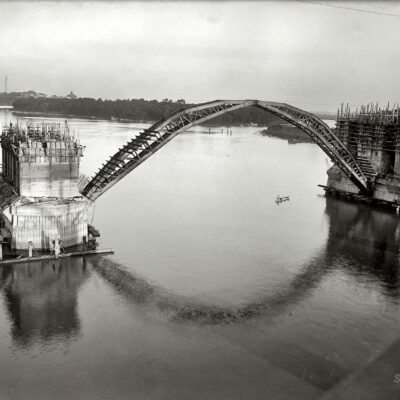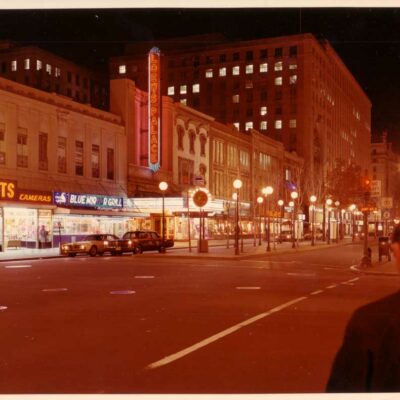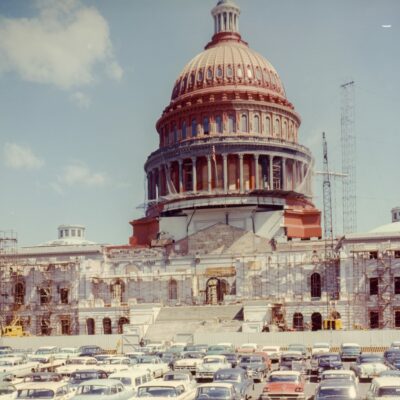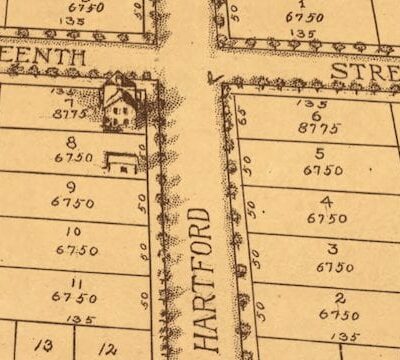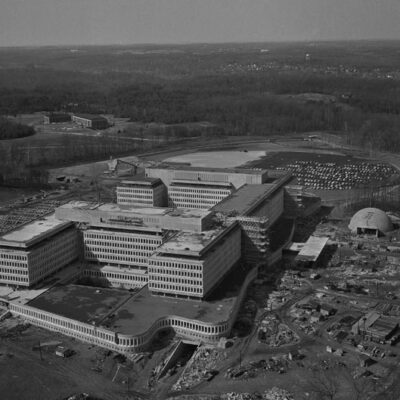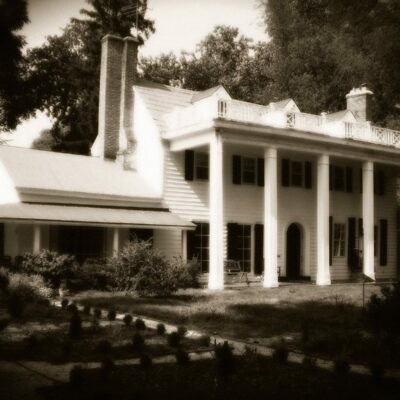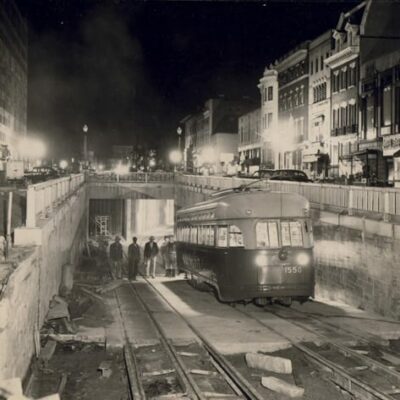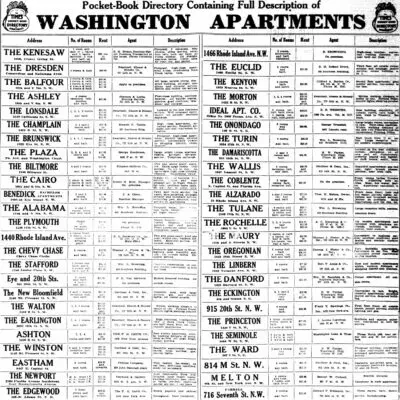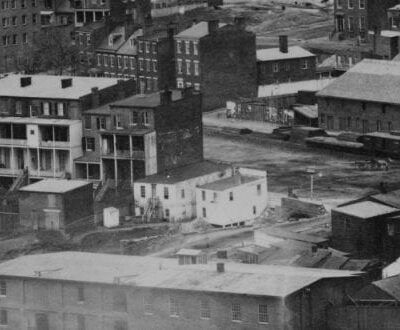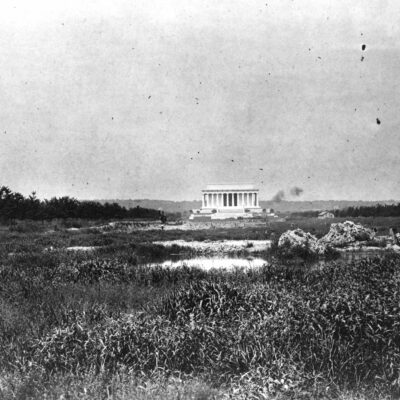We’re on a bit of a NoVA kick this week and wanted to do a little digging into the origin of another name, Annandale. Maybe you already know this, but I definitely didn’t.
The European history of the area dates all the way back to the 17th century, when, in 1685, Colonel William H. Fitzhugh purchased close to 24,000 acres of untamed wilderness near the Potomac River. The descendants of Fitzhugh build an estate on the land and named it Ravensworth. Three total homes were built on the property, Oak Hill, and Ossian Hall.
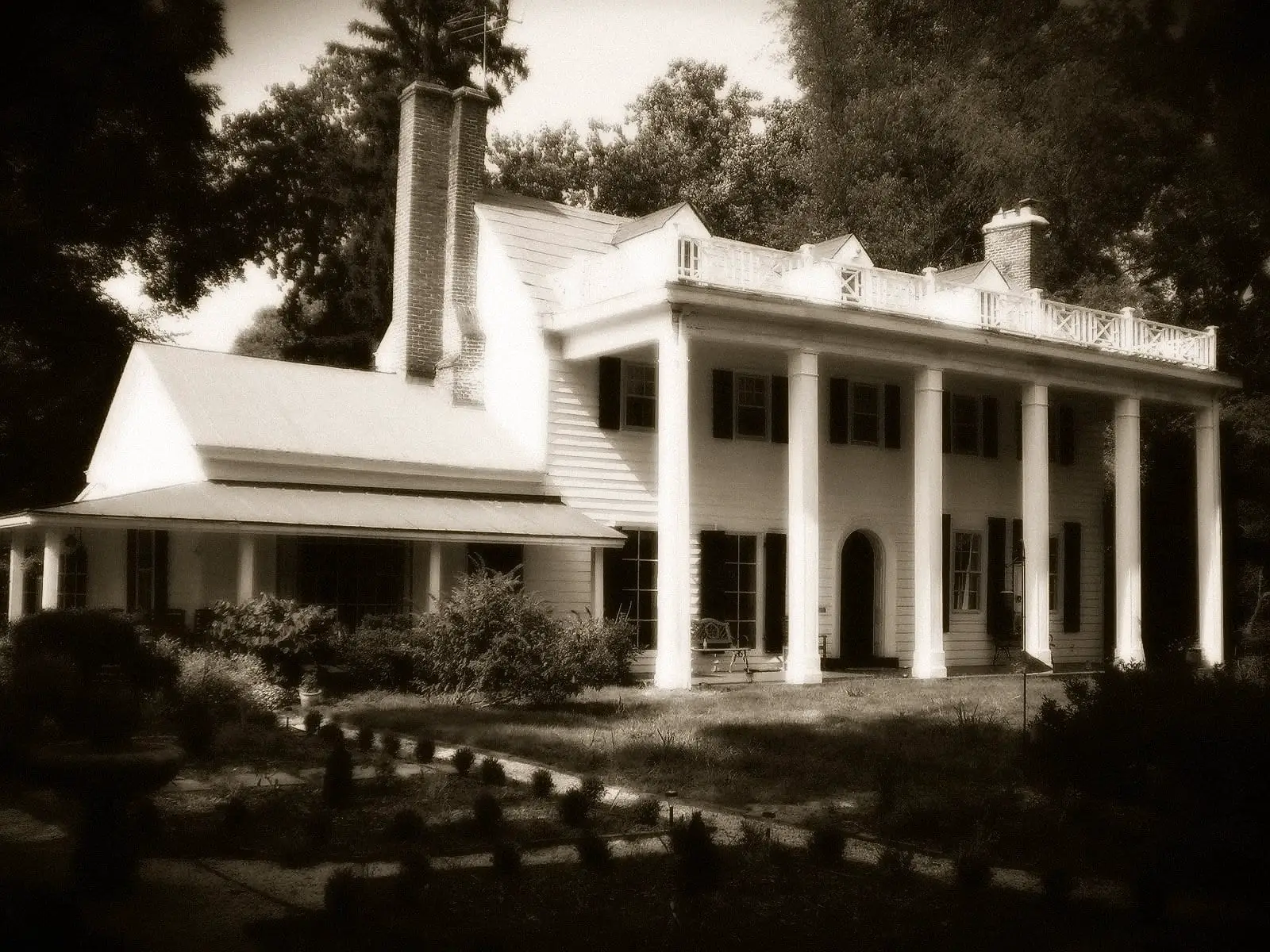
Source: annandaleva.blogspot.com
Ravensworth burned under mysterious circumstances in 1925. Side note, and this is infuriating … in 1959, the Annandale Fire Department intentionally burned Ossian Hall as a training exercise for the department, and to make way for the Bristow subdivision. Fortunately, Oak Hill is still around, and was recently purchased in 2008 for $1.15 after a foreclosure.
The land that made up much of Annandale was occupied by the Fitzhugh family for over six generations and eventually, it became one of the largest tobacco plantations in the area. Interestingly, at one point, Fitzhugh leased some of the property to French Huguenots, who had fled religious persecution in France.
Colonel Fitzhugh never lived on the plantation, and when he died, the land passed to two sons, William Fitzhugh Jr. getting the southern portion and Henry Fitzhugh getting the northern portion (which includes today’s Annandale).
So, as to the origin of the name Annandale. The plantation name was no longer used to refer to the area and the community took on the name Annandale, after the Scottish village located at the mouth of the River Annan. Oh, and the neighboring town Dumfries, Scotland also found its way to Virginia as the name of the town on Quantico Creek.


